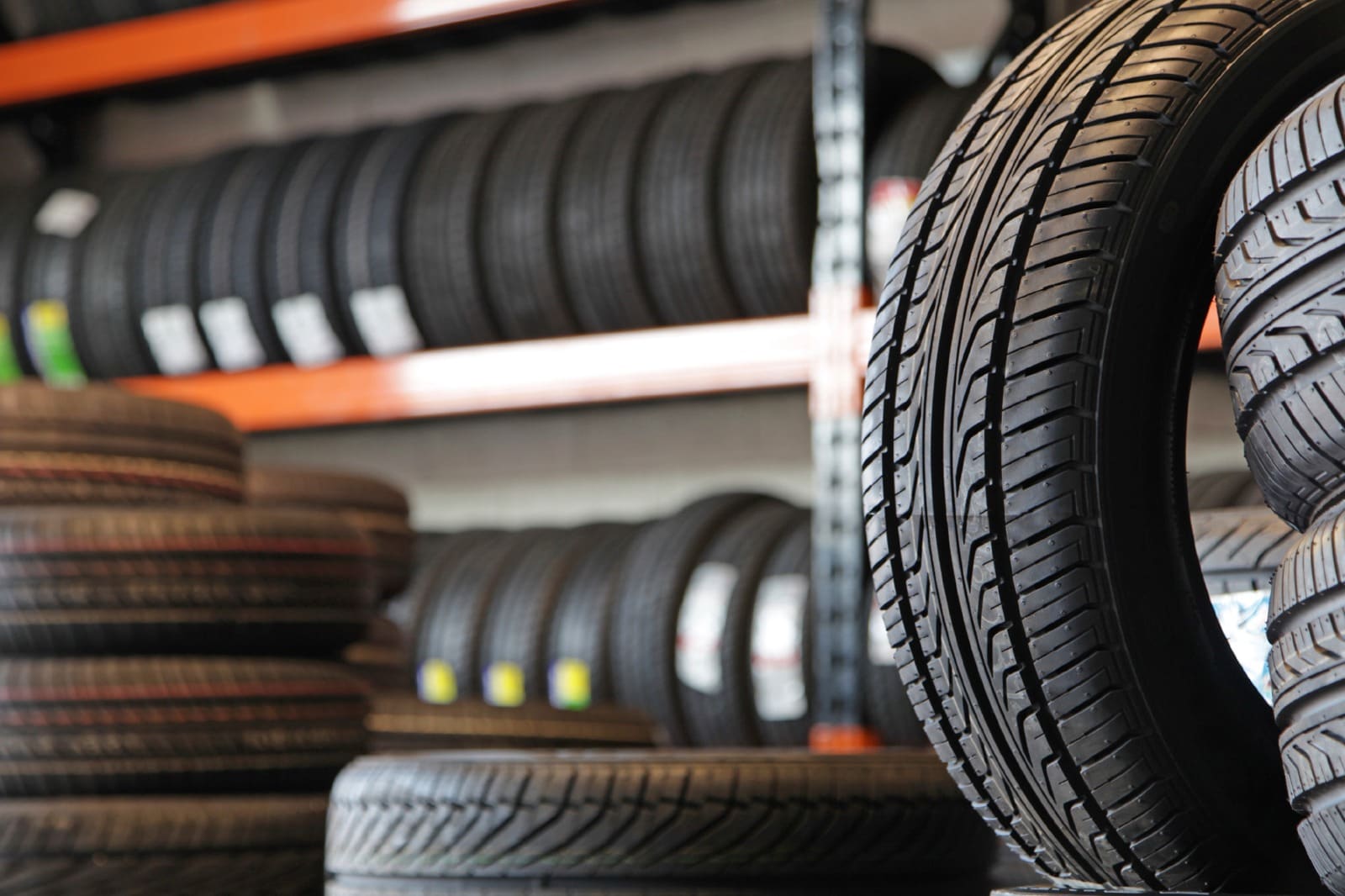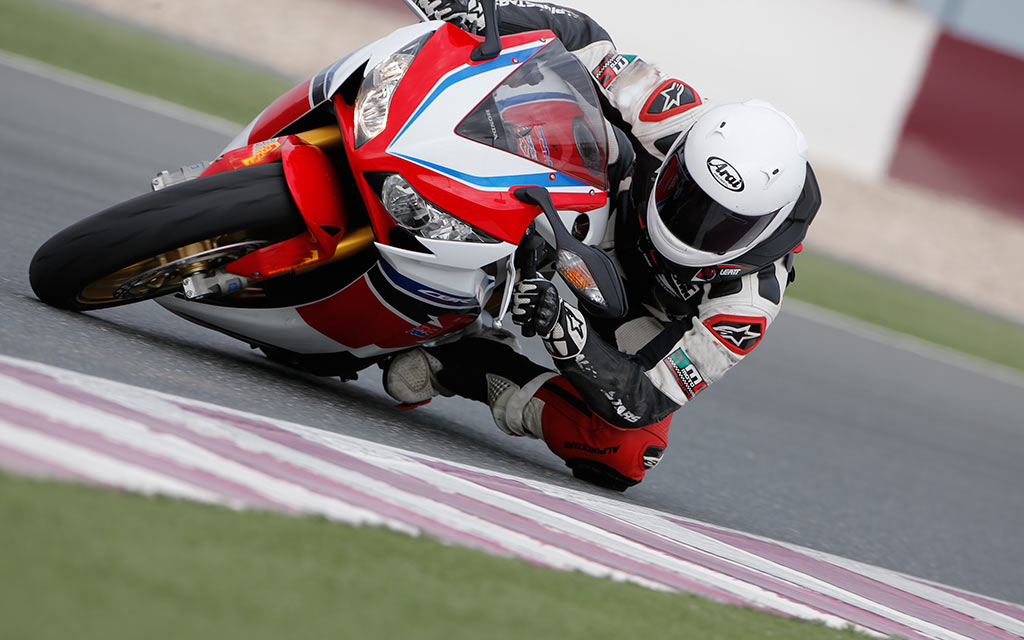All Categories
Featured
Table of Contents
The Michelin used a comfortable driving experience, qualified by receptive guiding and a dynamic understeer balance. Despite the cooler screening conditions, Michelin's consistent time and grasp over three laps suggests its viability for real-world applications. Conversely, Yokohama's efficiency was distinct. While its super-quick steering resulted in a rapid front axle turn, the back showed a tendency to turn much more.
The tire's first lap was a 2nd slower than the 2nd, aiming to a temperature-related grip boost. For everyday usage, the Michelin could be a safer bet.
Leading Tyre Fitting
It shared Michelin's secure understeer equilibrium however lacked the latter's willingness to transform. Continental and Goodyear's efficiencies were significant, with Continental's new PremiumContact 7 showing a substantial enhancement in wet problems compared to its predecessor, the PC6. This model was much less conscious fill changes and acted just like the Michelin, albeit with slightly much less communication at the restriction.
It incorporated the secure understeer balance of the Michelin and Continental with some sporty handling, showing both predictable and fast. As an all-rounder for this Golf GTI, Goodyear's Uneven array was the standout, demonstrating outstanding efficiency in the damp. Lastly, the Bridgestone Potenza Sport took the crown as the fastest tyre, albeit by a little margin.
Drivers looking for an interesting damp drive could find this tyre worth taking into consideration. The standout performer in damp stopping was the most recent tire on examination, the PremiumContact 7, though the results are nuanced.
Tyre Installation
Ideally, we desired the cold temperature test to be at around 5-7C, but logistical delays implied we evaluated with an average air temperature of 8C and water at 12C. While this was cooler than typical test conditions, it was still warmer than real-world conditions. The cozy temperature level examination was done at approximately 18C air and 19C water.
The 3rd run entailed damp stopping tests on worn tyres, specifically those machined to 2mm with a little encounter. While we meant to do even more with these worn tires, climate restraints limited our screening. Nonetheless, it deserves noting that damp braking is most critical at the used state, as tires generally enhance in dry problems as they use.

However, it shared one of the most considerable performance decrease, alongside the Yokohama, when used. Bridgestone, Goodyear, and Michelin saw the least performance reduction when worn. Nevertheless, Bridgestone and Goodyear's performance dipped in cooler conditions. The Hankook tire registered the smallest efficiency decrease as temperatures cooled, however it was amongst the most influenced when put on.
Leading Tyre Installation (Caversham 6055 WA)
The take-home message right here is that no single tyre mastered all aspects of wet stopping, showing a complex interplay of aspects affecting tyre efficiency under various conditions. There was a standout tyre in aquaplaning, the Continental completed top in both straight and rounded aquaplaning, with the Michelin and Goodyear also very excellent in deeper water.

Yokohama might take advantage of slightly even more grip, a problem possibly influenced by the colder problems. When it comes to handling, all tyres carried out within a 2% variety on the lap, showing their high-quality performance (Tyre rotation). However, considering these tyres basically target the same client, it interests observe the considerable distinctions in feel.
The shock is because the PremiumContact 6 was one of my favourites for stylish dry drives, yet its follower, the PremiumContact 7, appears much more fully grown and appears like Michelin's performance. Amongst these, Hankook was the least specific in steering and communication at the limit. Tyre warranty. Both Michelin and Continental offered charming first steering, albeit not the fastest
If I were to advise a tire for a rapid lap to a novice, say my papa, it would be among these. Then we have the 'enjoyable' tires, particularly Yokohama and Bridgestone. Both were quick to guide and felt sportier than the others, but the compromise is a much more lively back side, making them a lot more difficult to handle.
Tyres – Caversham
It offered comparable steering to Bridgestone however provided far better responses at the limit and better hold. The Bridgestone Potenza Sporting activity, nonetheless, seemed to weaken rather rapidly after simply three laps on this requiring circuit. There's Goodyear, which positioned itself somewhere in between the enjoyable tyres and those having a tendency towards understeer.
All in all, these tires are excellent entertainers. In terms of tire wear, the technique utilised in this test is what the sector refers to as the 'gold standard' of wear.
Both the Bridgestone and Yokohama tires substantially underperformed in comparison to the other four tyres in regards to rolling resistance, with Continental somewhat outmatching the rest. Pertaining to the comfort level of the tires, as anticipated, many showed an inverse relationship with handling. The Continental, Michelin, and Goodyear tires done best throughout numerous surface area kinds examined.

Bridgestone began to show indications of suppleness, while Yokohama was specifically jarring over potholes. We did determine internal sound degrees; however, as is usually the case, the outcomes were carefully matched, and due to weather restrictions, we were unable to carry out a subjective evaluation of the tires sound. Lastly, we took a look at abrasion figures, which measure the amount of tyre walk shed per kilometre, normalised to a one-tonne lorry.
Car Tyres Near Me (Caversham)
This figure stands for the amount of rubber dust your tires create while driving. Michelin led in this classification, creating over 9% much less rubber particle issue.
Latest Posts
Leading Wheel Balancing
Affordable Tyre Shop Services – Stirling 6059 WA
Discount Tyres – Wanneroo